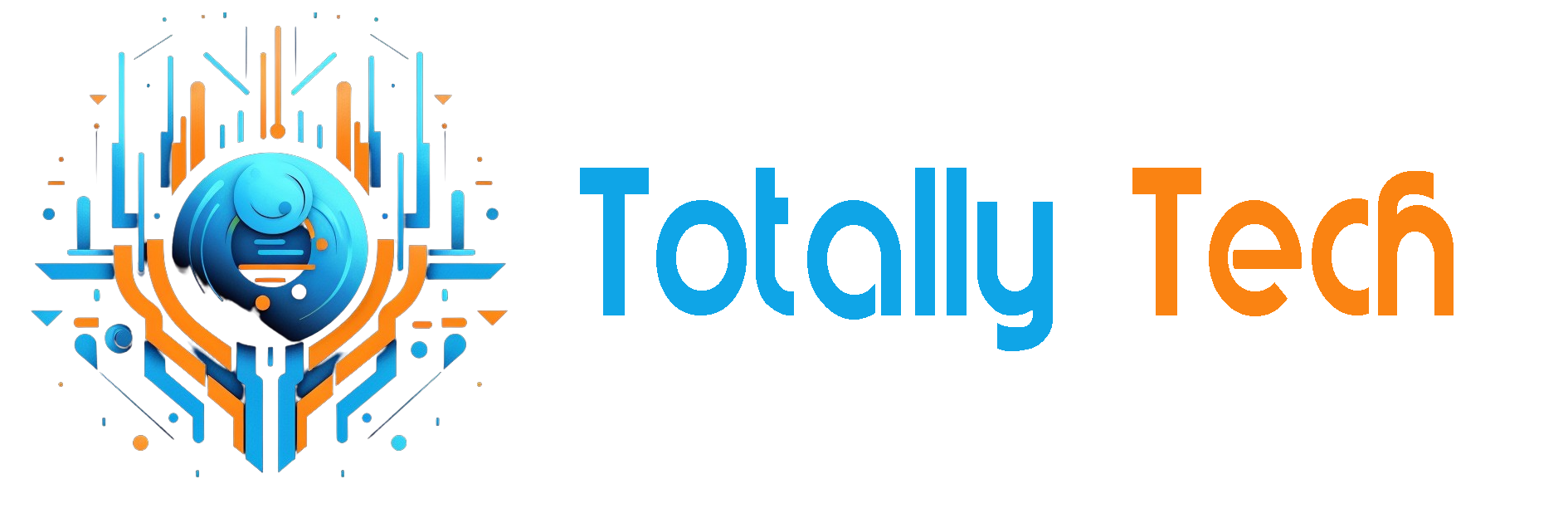
AI has significantly impacted the operations of every industry, delivering improved results, increased productivity, and extraordinary outcomes. Organizations today rely on AI models to gain a competitive edge, make informed decisions, and analyze and strategize their business efforts. From product management to sales, organizations are deploying AI models in every department, tailoring them to meet specific goals and objectives.
AI is no longer just a supplementary tool in business operations; it has become an integral part of an organization’s strategy and infrastructure. However, as AI adoption grows, a new challenge emerges: How do we manage AI entities within an organization’s identity framework?
AI as distinct organizational identities
The idea of AI models having unique identities within an organization has evolved from a theoretical concept into a necessity. Organizations are beginning to assign specific roles and responsibilities to AI models, granting them permissions just as they would for human employees. These models can access sensitive data, execute tasks, and make decisions autonomously.
With AI models being onboarded as distinct identities, they essentially become digital counterparts of employees. Just as employees have role-based access control, AI models can be assigned permissions to interact with various systems. However, this expansion of AI roles also increases the attack surface, introducing a new category of security threats.
The perils of autonomous AI identities in organizations
While AI identities have benefited organizations, they also raise some challenges, including:
- AI model poisoning: Malicious threat actors can manipulate AI models by injecting biased or random data, causing these models to produce inaccurate results. This has a significant impact on financial, security, and healthcare applications.
- Insider threats from AI: If an AI system is compromised, it can act as an insider threat, either due to unintentional vulnerabilities or adversarial manipulation. Unlike traditional insider threats involving human employees, AI-based insider threats are harder to detect, as they might operate within the scope of their assigned permissions.
- AI developing unique “personalities”: AI models, trained on diverse datasets and frameworks, can evolve in unpredictable ways. While they lack true consciousness, their decision-making patterns might drift from expected behaviors. For instance, an AI security model can start incorrectly flagging legitimate transactions as fraudulent or vice versa when exposed to misleading training data.
- AI compromise leading to identity theft: Just as stolen credentials can grant unauthorized access, a hijacked AI identity can be used to bypass security measures. When an AI system with privileged access is compromised, an attacker gains an incredibly powerful tool that can operate under legitimate credentials.
Managing AI identities: Applying human identity governance principles
To mitigate these risks, organizations must rethink how they manage AI models within their identity and access management framework. The following strategies can help:
- Role-based AI identity management: Treat AI models like employees by establishing strict access controls, ensuring they have only the permissions required to perform specific tasks.
- Behavioral monitoring: Implement AI-driven monitoring tools to track AI activities. If an AI model starts exhibiting behavior outside its expected parameters, alerts should be triggered.
- Zero Trust architecture for AI: Just as human users require authentication at every step, AI models should be continuously verified to ensure they are operating within their authorized scope.
- AI identity revocation and auditing: Organizations must establish procedures to revoke or modify AI access permissions dynamically, especially in response to suspicious behavior.
Analyzing the possible cobra effect
Sometimes, the solution to a problem only makes the problem worse, a situation described historically as the cobra effect—also called a perverse incentive. In this case, while onboarding AI identities into the directory system addresses the challenge of managing AI identities, it might also lead to AI models learning the directory systems and their functions.
In the long run, AI models could exhibit non-malicious behavior while remaining vulnerable to attacks or even exfiltrating data in response to malicious prompts. This creates a cobra effect, where an attempt to establish control over AI identities instead enables them to learn directory controls, ultimately leading to a situation where those identities become uncontrollable.
For instance, an AI model integrated into an organization’s autonomous SOC could potentially analyze access patterns and infer the privileges required to access critical resources. If proper security measure’s aren’t in place, such a system might be able to modify group polices or exploit dormant accounts to gain unauthorized control over systems.
Balancing intelligence and control
Ultimately, it is difficult to determine how AI adoption will impact the overall security posture of an organization. This uncertainty arises primarily from the scale at which AI models can learn, adapt, and act, depending on the data they ingest. In essence, a model becomes what it consumes.
While supervised learning allows for controlled and guided training, it can restrict the model’s ability to adapt to dynamic environments, potentially rendering it rigid or obsolete in evolving operational contexts.
Conversely, unsupervised learning grants the model greater autonomy, increasing the likelihood that it will explore diverse datasets, potentially including those outside its intended scope. This could influence its behavior in unintended or insecure ways.
The challenge, then, is to balance this paradox: constraining an inherently unconstrained system. The goal is to design an AI identity that is functional and adaptive without being entirely unrestricted, empowered, but not unchecked.
The future: AI with limited autonomy?
Given the growing reliance on AI, organizations need to impose restrictions on AI autonomy. While full independence for AI entities remains unlikely in the near future, controlled autonomy, where AI models operate within a predefined scope, might become the standard. This approach ensures that AI enhances efficiency while minimizing unforeseen security risks.
It would not be surprising to see regulatory authorities establish specific compliance standards governing how organizations deploy AI models. The primary focus would—and should—be on data privacy, particularly for organizations that handle critical and sensitive personally identifiable information (PII).
Though these scenarios might seem speculative, they are far from improbable. Organizations must proactively address these challenges before AI becomes both an asset and a liability within their digital ecosystems. As AI evolves into an operational identity, securing it must be a top priority.
The post From Tool to Insider: The Rise of Autonomous AI Identities in Organizations appeared first on Unite.AI.


